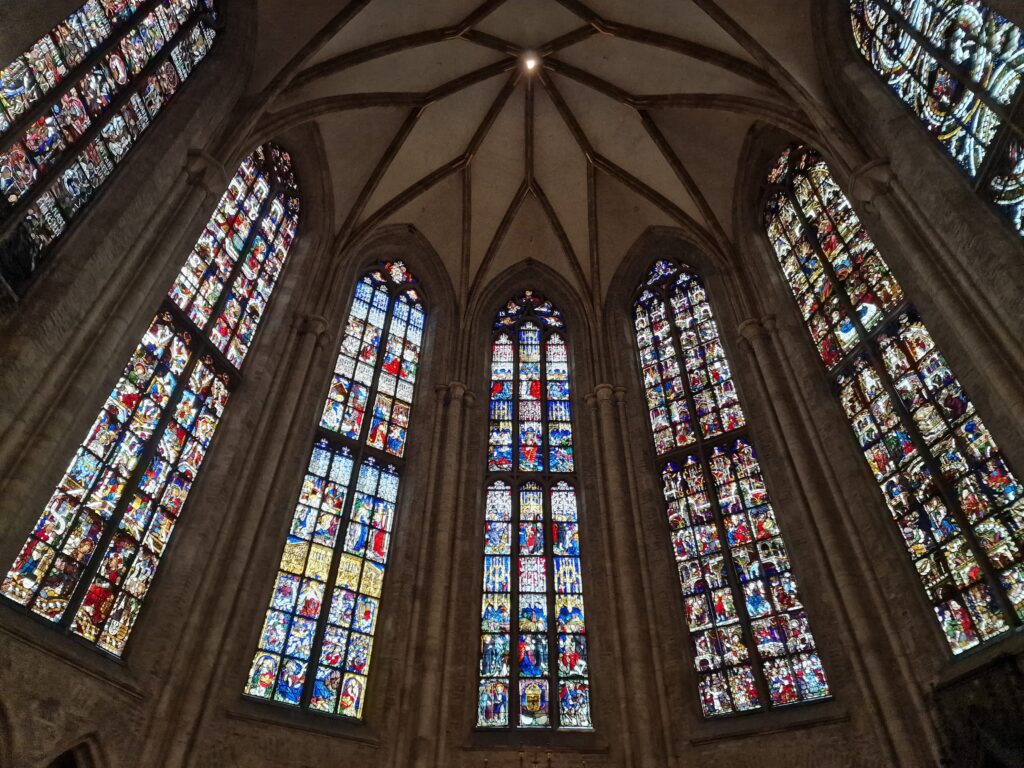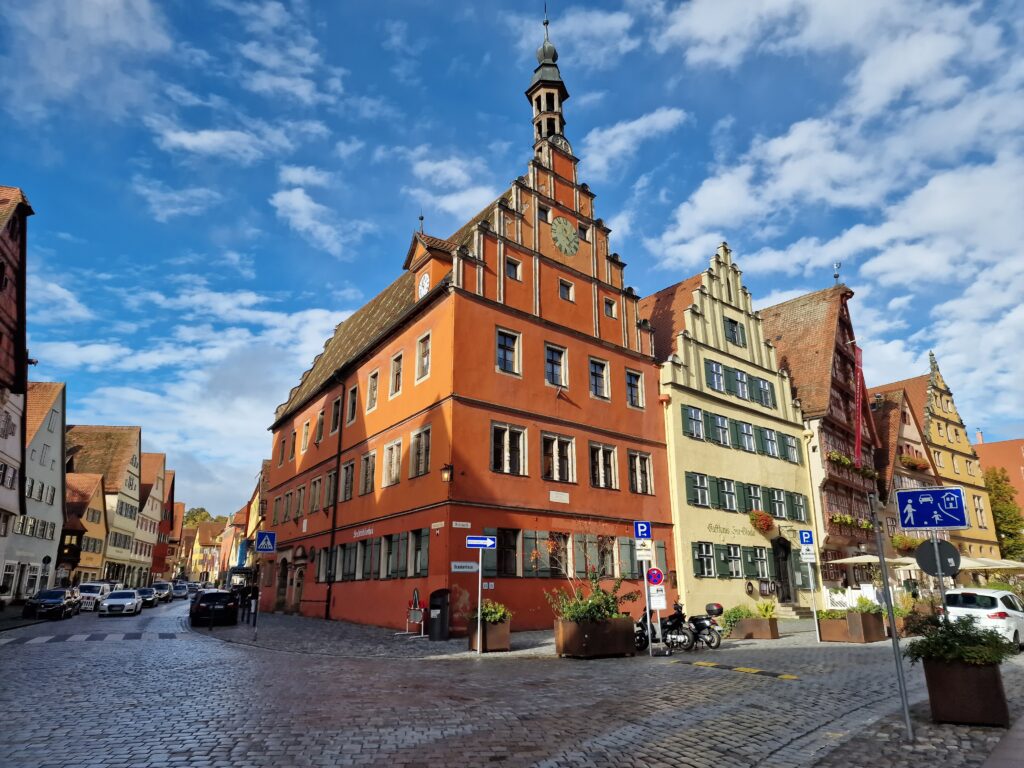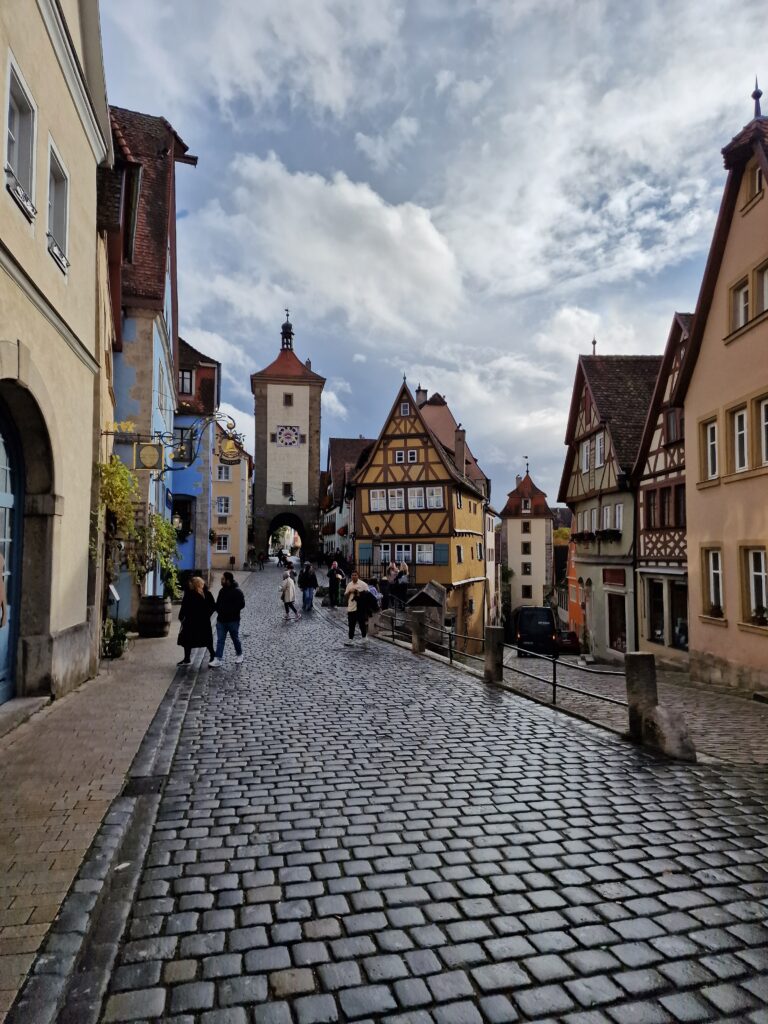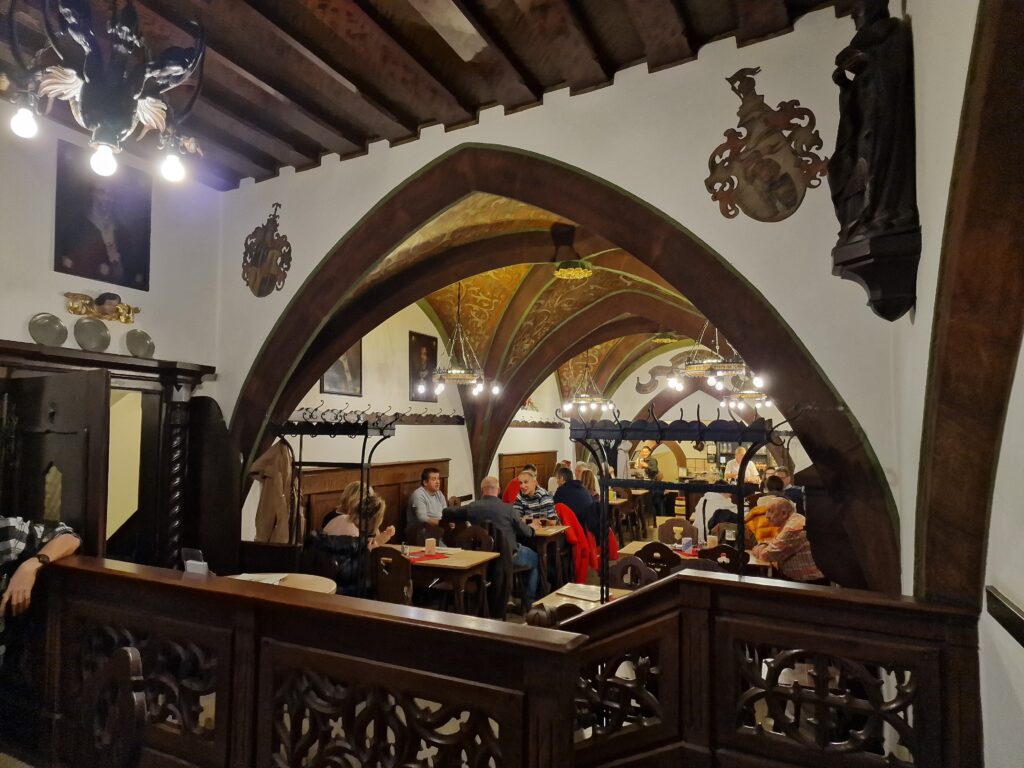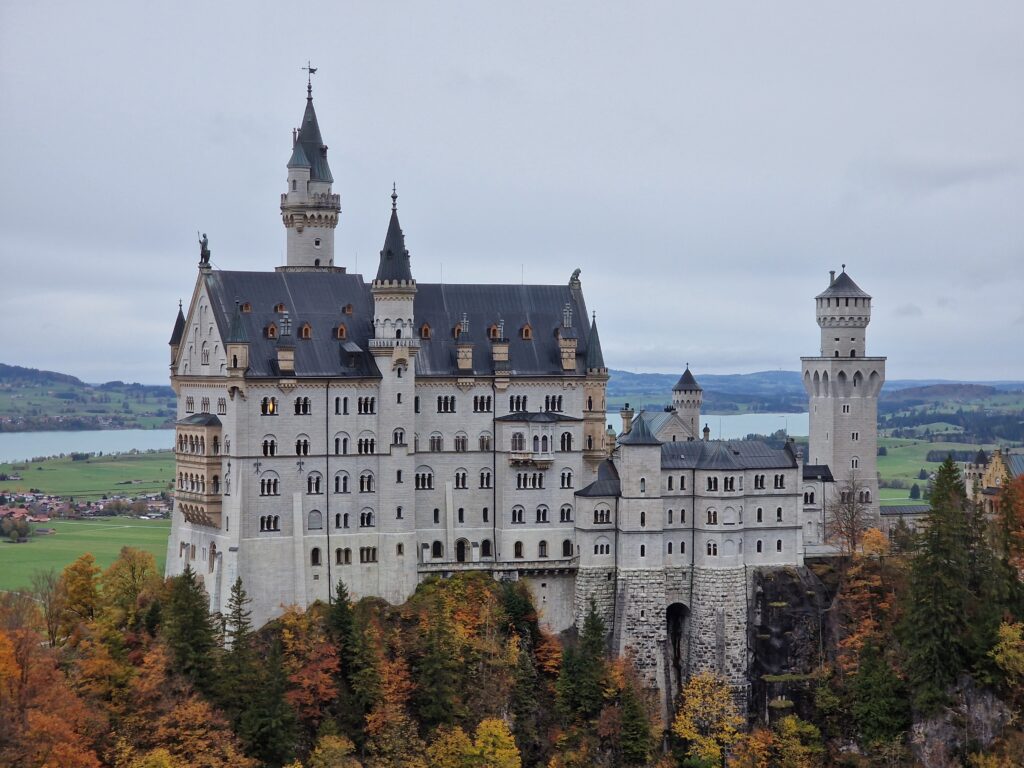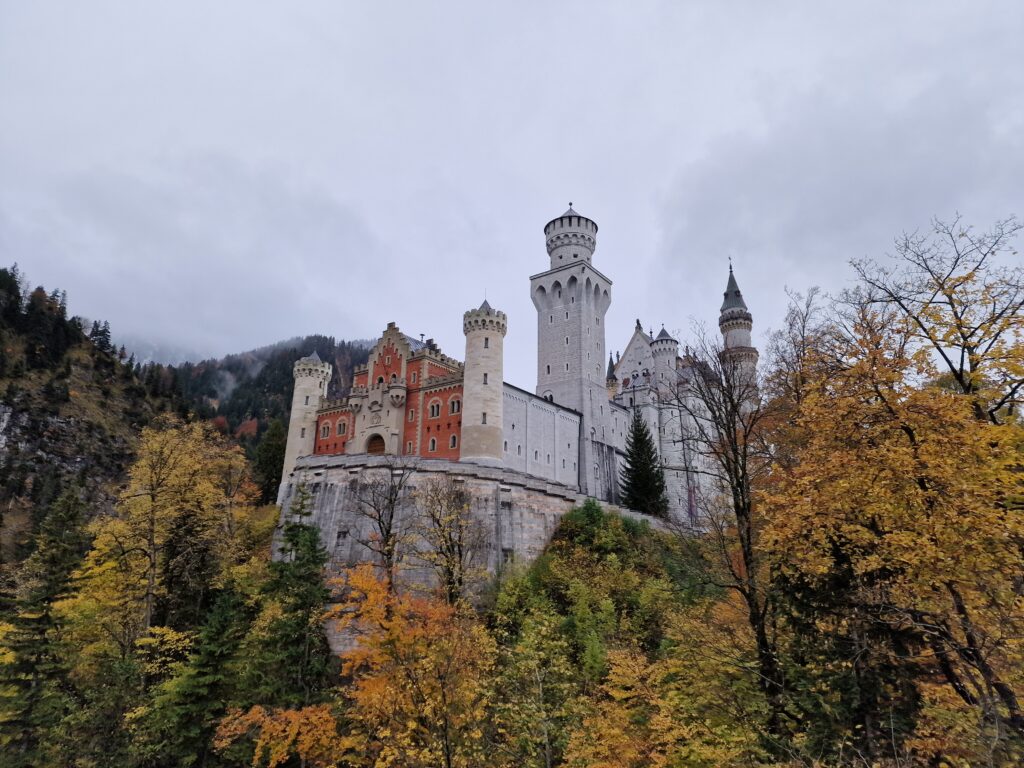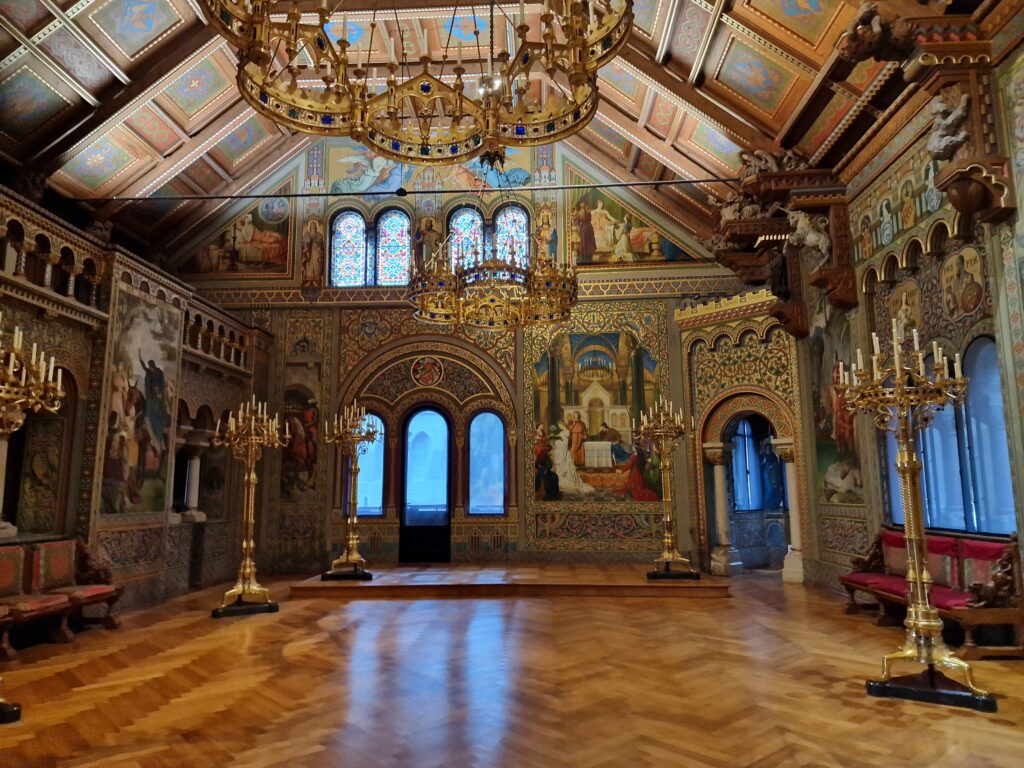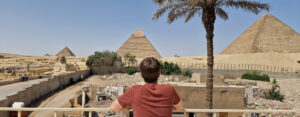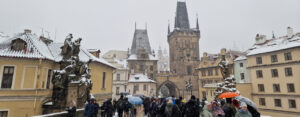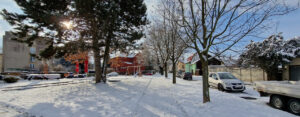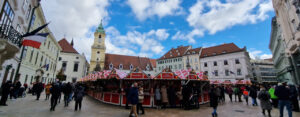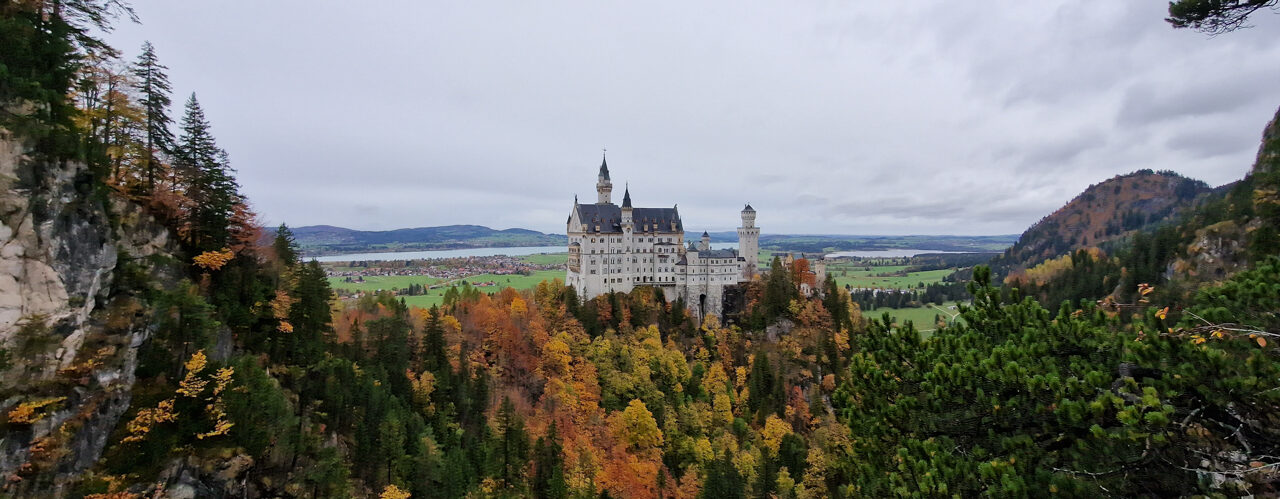
A Bavarian Fairy Tale
Attempting to explore all of Germany in a little over two weeks would be both foolish and quite impossible. We didn’t even bother. The south-eastern state of Bavaria, despite being Germany’s largest, would be just about manageable if we kept our wiener stops and bratwurst breaks to a minimum while being extremely selective in our choice of picture-perfect villages to besmirch with our presence. After repairing our Liechtensteiner leak with a forgotten tube of mould-resistant bathroom sealant that I unearthed from the miscellaneous box, we joined Bundesautobahn 7 heading north. The longest national motorway in Germany, and indeed Europe, it perfectly dissects the eastern and western segments of the country and facilitated our swift arrival at the town of Ulm.
Technically in the neighbouring, and beautifully named, state of Baden-Württemberg, Ulm straddles the non-Bavarian side of the Danube and has a rich and distinctive history as a free imperial city for many centuries after its founding in 850. It’s also known for its towering church steeple and as the birthplace of Einstein, no less. So steep a steeple it is that its tip was shrouded in morning mist upon our early arrival although that didn’t prevent us from purchasing tickets for its viewing platform and powering up the seven hundred and sixty-eight steps to reach it. While Lowri managed about seven before her vertigo kicked in and needed to return to solid ground, I persisted, wishing I had undertaken at least zero leg days before starting. The impressive views, despite the fog and scaffolding, certainly made the effort to the top of what was once the tallest building in the world, worthwhile.
Google ‘Bavaria’ and one is inundated by scenic villages with brightly coloured wooden-beamed buildings and forested brows fended with firs and spruces. We headed to two of what appeared to be the most scenic of all, cutely named Dinkelsbühl and unnecessarily named Rothenburg ob der Tauber, and began our stroll through some of the most charming streets and central squares this side of Siena. Slightly touristy their stein stands and lederhosen market stalls may be, little detracts from the lure of the Hansel and Gretel-like towns they exist in.
Upon researching where to call on next, one of my German students suggested an activity so perfect we had absolutely no option but to head straight to the town of Bamberg to undertake it. The words ‘beer’ and ‘diploma’ are rarely used in the same sentence unless you are a Bavarian Bamberger, in which case you hear the collocation all too often. The idea behind the Bierdiplom is to visit ten traditional breweries in the city, swigging their traditional draughts and learning their mastery, while earning stamps that can be redeemed for a certificate upon completion. Vowing never to return to education following my MSc, I decided to make one special exception. Unfortunately, as we asked the first bartender how we applied for the qualification they informed us that, due to German rowdiness (if you can believe it), the official Bierdiplom ceased its awarding a couple of years prior. However, this hasn’t deterred drunks, present company included, from completing unofficial tours that bartenders discretely sign for underneath the beer benches.
From our northernmost stop in Bamberg, we continued our zigzagging to our southernmost in Füssen. While the town isn’t noteworthy unto itself, the five-star hotels and luxury boutiques it comprises tell of an extremely popular tourist attraction nearby: Neuschwanstein Castle. Built by the ‘Fairy Tale King’ Ludwig II as a compact countryside getaway when life in bustling Munich became too much for him, he never lived to see its completion and, despite its enormous price tag, only spent six months living within its unfinished sandstone walls. It now adorns any self-respecting postcard of the region as an iconic symbol of Bavaria and, indeed, of fairy tale castles the world over. So much so that Walt Disney used it as inspiration when designing the famous Sleeping Beauty castles found at every Disney resort as well as adopting its outline as the backdrop for their legendary logo.
Our autumnal arrival meant murky skies and damp feet although the colourful transition of foliage surrounding the castle perked us up. Once inside, we were astounded by the grandeur of the palace rooms including a golden Throne Hall that wouldn’t have looked out of place at the Vatican. The castle was also fitted with all manner of late 19th-century mod-cons including telephone lines, a battery-powered bell system for the servants, and automatically flushing toilets, all for a lonely and rather infantile King who had nobody to host and whom we felt quite sorry for by the end of the tour. His extravagances were used against him to declare his insanity and he was taken into custody and deposed a day before, apparently, committing suicide in a frozen lake. Surely, living in Munich can’t be that bad? Let’s find out…
J

